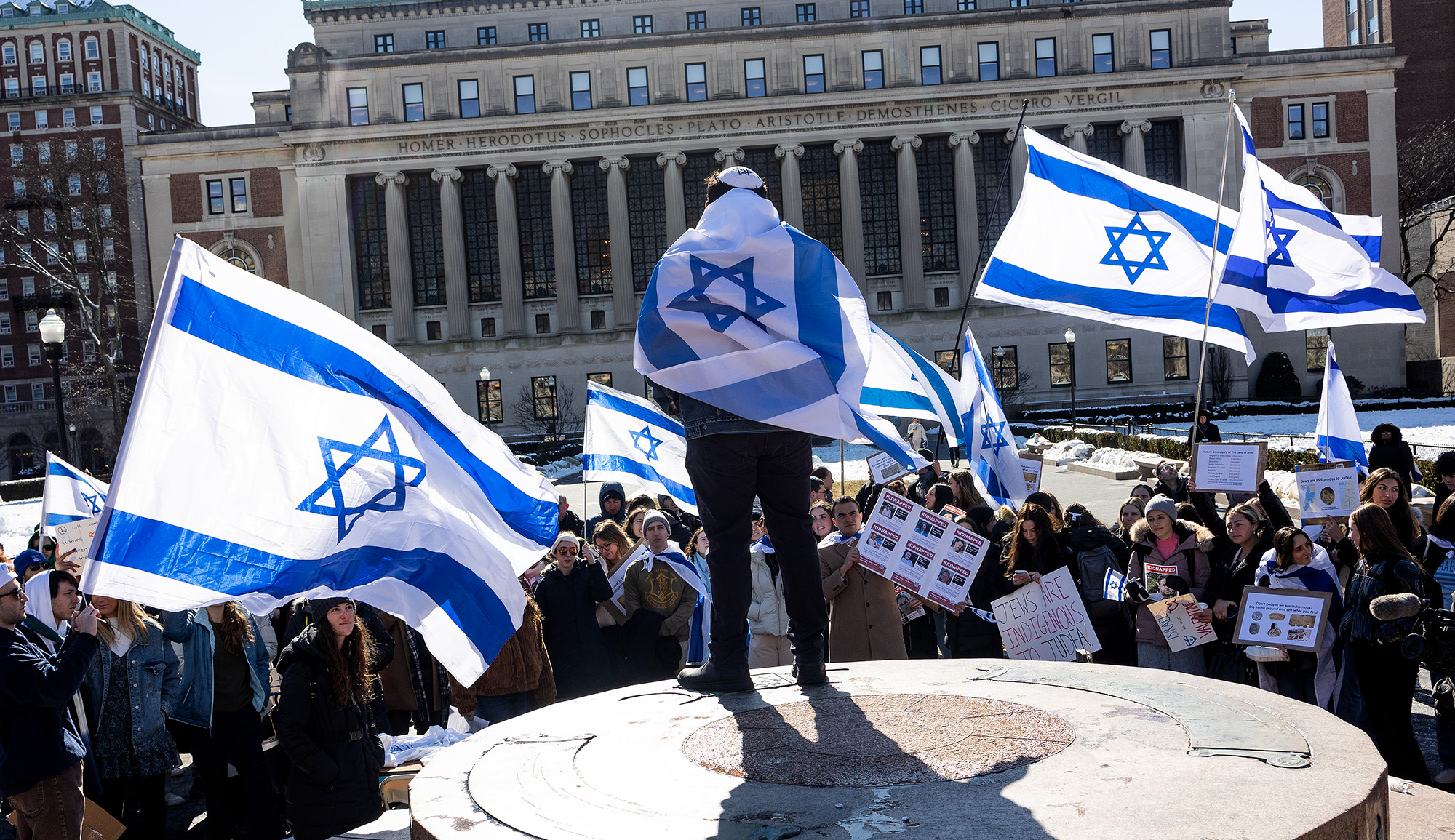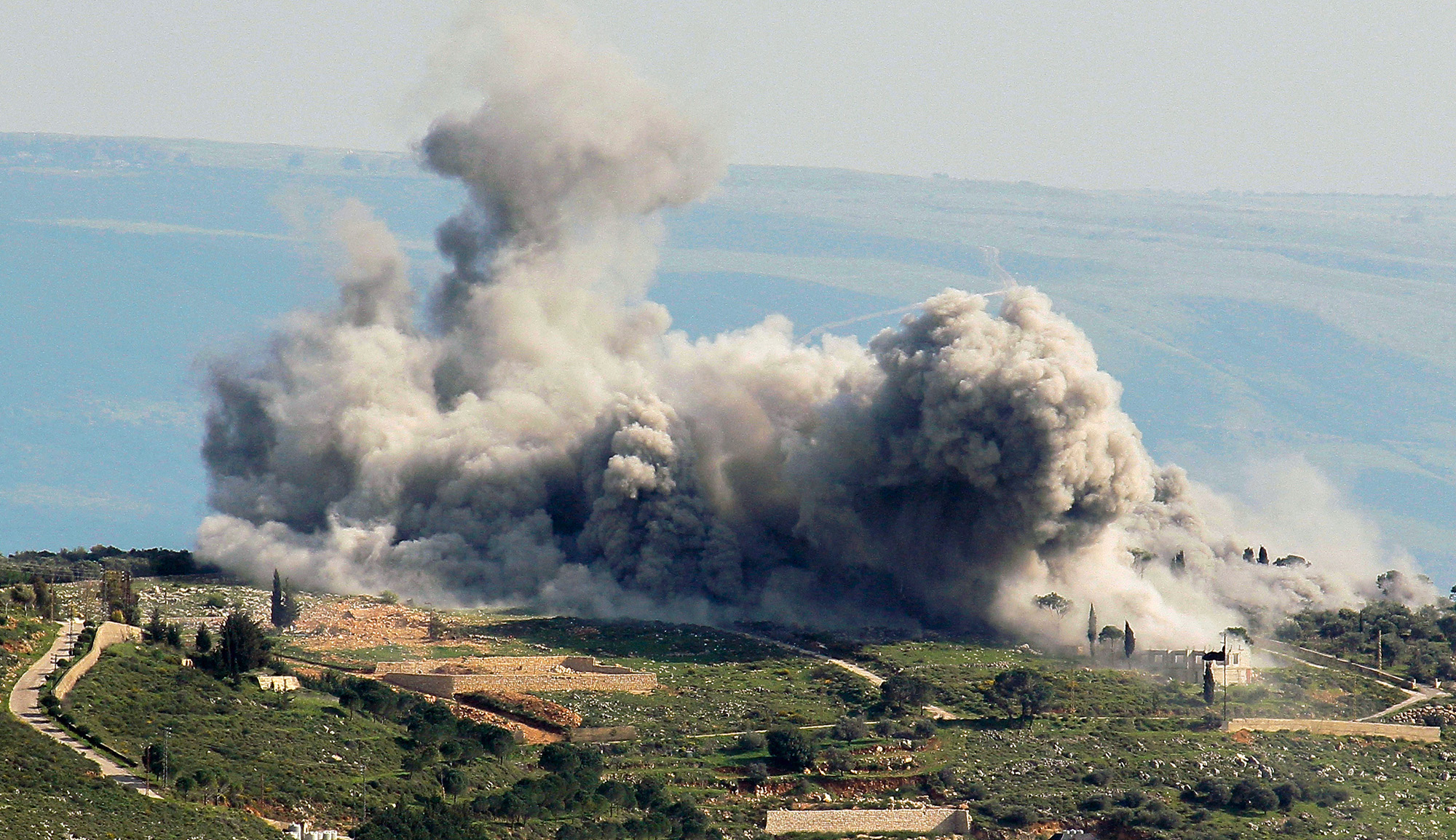In 1978 and 1979, increasing unrest in Persia culminated in the revolution that overthrew the shah and installed the current Islamic Republic. Ray Takeyh sees many similarities in the protest movement that has swept the country and seems only to be gaining in intensity:
In the summer of 2022, an unusually divisive spirit seemed to descend on Iran, and the state and society moved in completely different directions. The mullahs were preoccupied with their nuclear gamesmanship, economic tinkering, and the reimposition of severe religious strictures. In the meantime, ordinary Iranians were protesting: teachers protested about their pay, retirees about their benefits, farmers about lack of water, and women about their mandatory attire in stifling heat. As in 1978, economic anxiety, social envy, and political disenfranchisement became a powerful force directed against the regime. The Islamic Republic had done it to itself. All channels for political expression were blocked by a corrupt and arrogant ruling elite that was demanding discipline and sacrifice.
And then came the spark. On September 16, a twenty-two-year-old Iranian woman named Mahsa Amini, who had been arrested by the morality police for wearing her hijab improperly, died in custody. Her senseless killing symbolized the cruelty of clerical rule. Cities, provinces, and towns were suddenly engulfed in protests. The chants of “Mullahs get lost” and “We don’t want your Islamic Republic” echoed throughout the country. The old playbook for containing the demonstrations did not seem to work, as the conscripts were asked to shoot women. They hesitated; the demonstrations persisted. Iran’s chief justice, Gholam-Hossein Mohseni-Eje’i, is reported to have complained that the security forces are “tired and broken, with very low morale.” A semblance of normalcy may yet return to the country, but Iranians of all classes and genders have lost their sense of fear.
The events of this summer seem eerily similar to those of 1978.
The Islamists have made nearly all the same mistakes as the monarch they overthrew. The regime lacks an appealing ideology and shields itself in rhetoric that convinces no one. It is led by a corrupt and out-of-touch elite that relies on conspiracy theories to justify its conduct. It has pursued a foreign policy whose costs are more apparent than its benefits. And the mullahs have forgotten the most essential lesson of their revolutionary triumph: Persian armies don’t like killing their people en masse.
More about: Iran, Iranian Revolution


